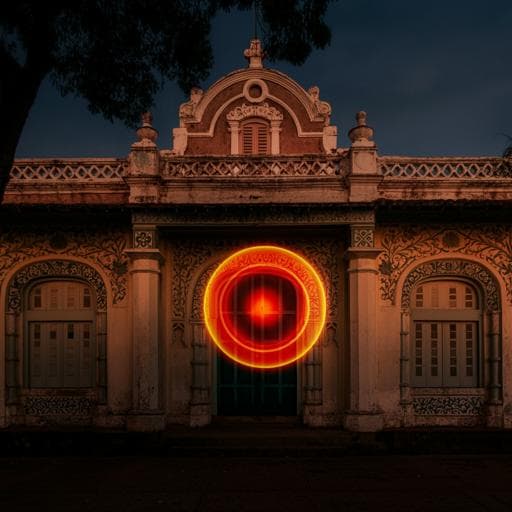
Architecture
Visual attention predictive model of built colonial heritage based on visual behaviour and subjective evaluation
Y. Wu, N. Li, et al.
This fascinating study explores how our visual behavior relates to how we evaluate colonial heritage architecture. Through eye-tracking data from 54 participants, researchers have established a prediction model that identifies levels of visual attention. Conducted by Yue Wu, Na Li, Lei Xia, Shanshan Zhang, Fangfang Liu, and Miao Wang, this research not only highlights the links between eye movements and urban perception but also aids architects in conservation strategies.
~3 min • Beginner • English
Related Publications
Explore these studies to deepen your understanding of the subject.







